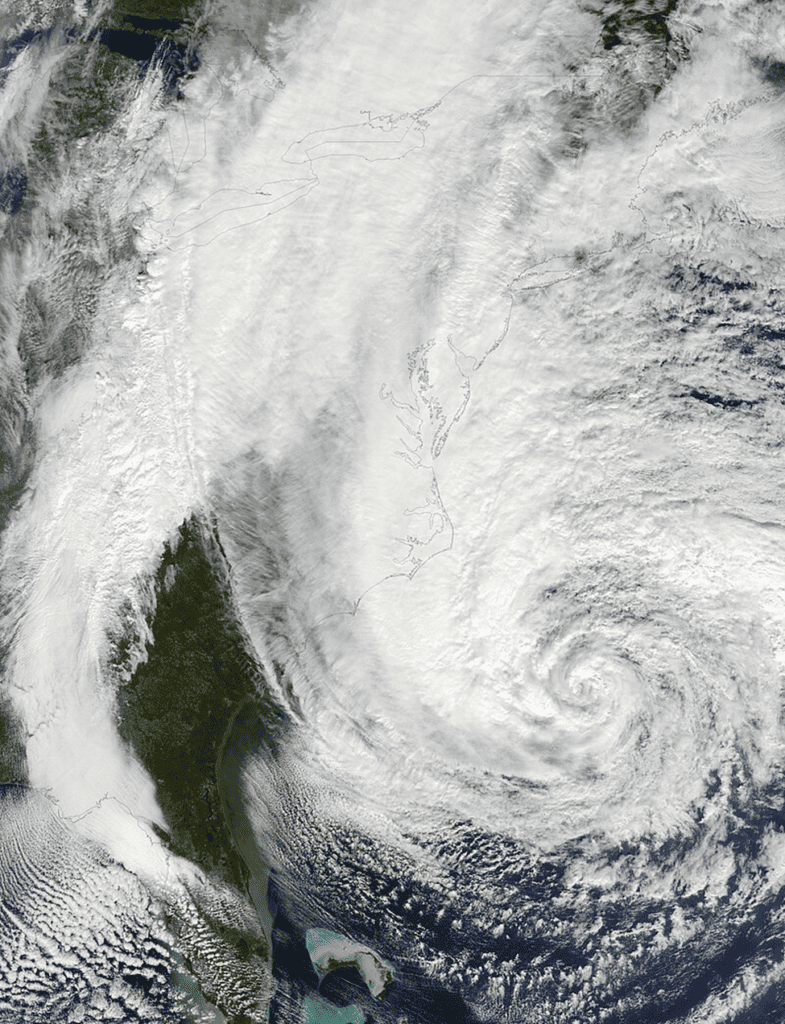Treasure Ship Ho! The Gulf Stream and the Battle for New World Dominance
Competition. Violence. Privateering.
What do these three things have in common?
The Gulf Stream.
You may wonder how a current could possess such sinister associations, but centuries ago European royalty competed over this highly-coveted waterway to increase their wealth and power. Learn how below.

The Gulf Stream is a strong ocean current formed at the tip of Florida by a large system of circular currents and powerful winds. It flows north along the east coast of the U.S. – bringing warm water that keeps the Florida coast warmer in winter and cooler in summer than other southeastern states – and then turns northeast at North Carolina to cross the Atlantic Ocean. With an average speed of four miles per hour, the Gulf Stream transports more water than all of the world’s rivers combined.
It was this watery conveyor belt over which Europeans competed beginning 500 years ago. In his Florida expedition of 1513, Spanish explorer Ponce de Leon noted in his journal a current “more powerful than the wind.” His is the first written acknowledgement of the Gulf Stream in history, but it appears that neither he nor the Spanish Crown understood the magnitude of this discovery, focusing instead on his failure to find gold.

Anton de Alaminos, navigator of Ponce de Leon’s Florida expedition, was the first to realize the Gulf Stream’s potential. Upon plundering the Aztec capital of Tenochtitlan in present-day Mexico, Conquistador Hernan Cortes acquired thousands of pounds of gold which he needed to transport to Spain. At a time when up to half of all ships attempting a transoceanic voyage was lost at sea, Cortes hand-picked the respected Alaminos to safely transport this booty.
Alaminos, also a veteran of Columbus’s final voyage, remembered the current’s northward pull along Florida. Rather than simply heading straight east toward Europe to battle trade winds and risk his ships’ waiting weeks for a breeze in the Sargasso Sea, he did the unthinkable and sailed north. Upon reaching what is now Cape Hatteras, North Carolina, Alaminos’ gamble paid off as the current swept his ships eastward. Following the Gulf Stream probably sped up his voyage by two-thirds.
For the next 200 years, Spain’s treasure fleets retraced Alaminos’ efficient, predictable, and fast Gulf Stream route. They transported gold from the Aztecs and Incans and silver from the mines of Potosi, transforming Spain into a world superpower.

The Spanish Empire was built in part on the Gulf Stream, but England wanted to partake, too. Rather than creating a navy from scratch, Queen Elizabeth I authorized English ships’ captains to attack and despoil the Spanish treasure ships. This act catapulted such names as Francis Drake, John Hawkins, and Walter Raleigh to privateering stardom, as they stole immense fortunes from Spain’s fleet.
In 1584, Raleigh sent his first reconnaissance voyage to Roanoke in what is now Dare County, North Carolina. This location was an ideal base from which to prey upon Spanish ships as they caught the Gulf Stream currents off the Outer Banks.
In fact, privateering may have caused the ruin of the Roanoke colony. In 1588, Roanoke Governor John White, en route from England to resupply the colony, attempted to attack Spanish ships but instead received grave damage to his own. Forced to return to England, he did not reach Roanoke until 1590, by which time its 100 colonists had disappeared.
Today, although we may not rely on the Gulf Stream as navigators did in the past, we still feel its effects. Tropical cyclone formations are common over the Gulf Stream, especially in summer. Also, the temperature contrast along the Gulf Stream’s edge often increases hurricanes’ intensity, as it did most recently for Hurricane Sandy.

Therefore, although we may experience violent storms in part due to the Gulf Stream, we must appreciate the pivotal role it played in the development of our country. What would our nation be like if not for this fast-flowing current? We certainly would not enjoy our area’s temperate weather without it!
Molly Silver is owner and tour guide at Molly’s Old South Tours, offering daily tours of St. Marys and Cumberland Island. For information and tour reservations, go to mollysoldsouth.com or call 904-735-8243.


